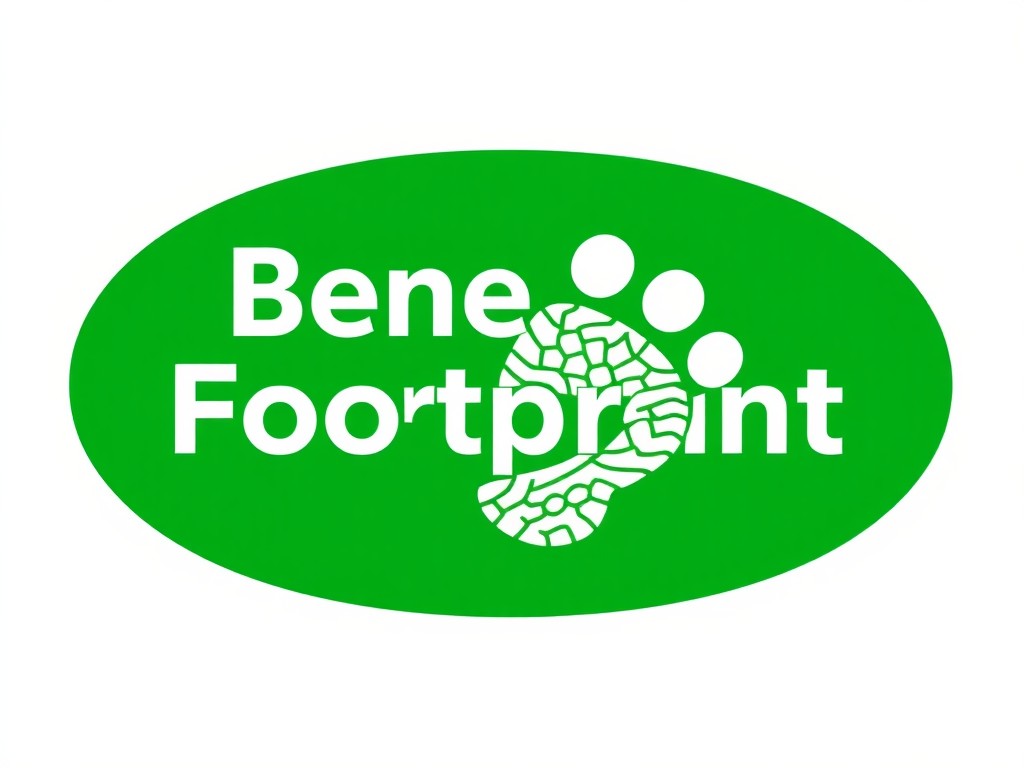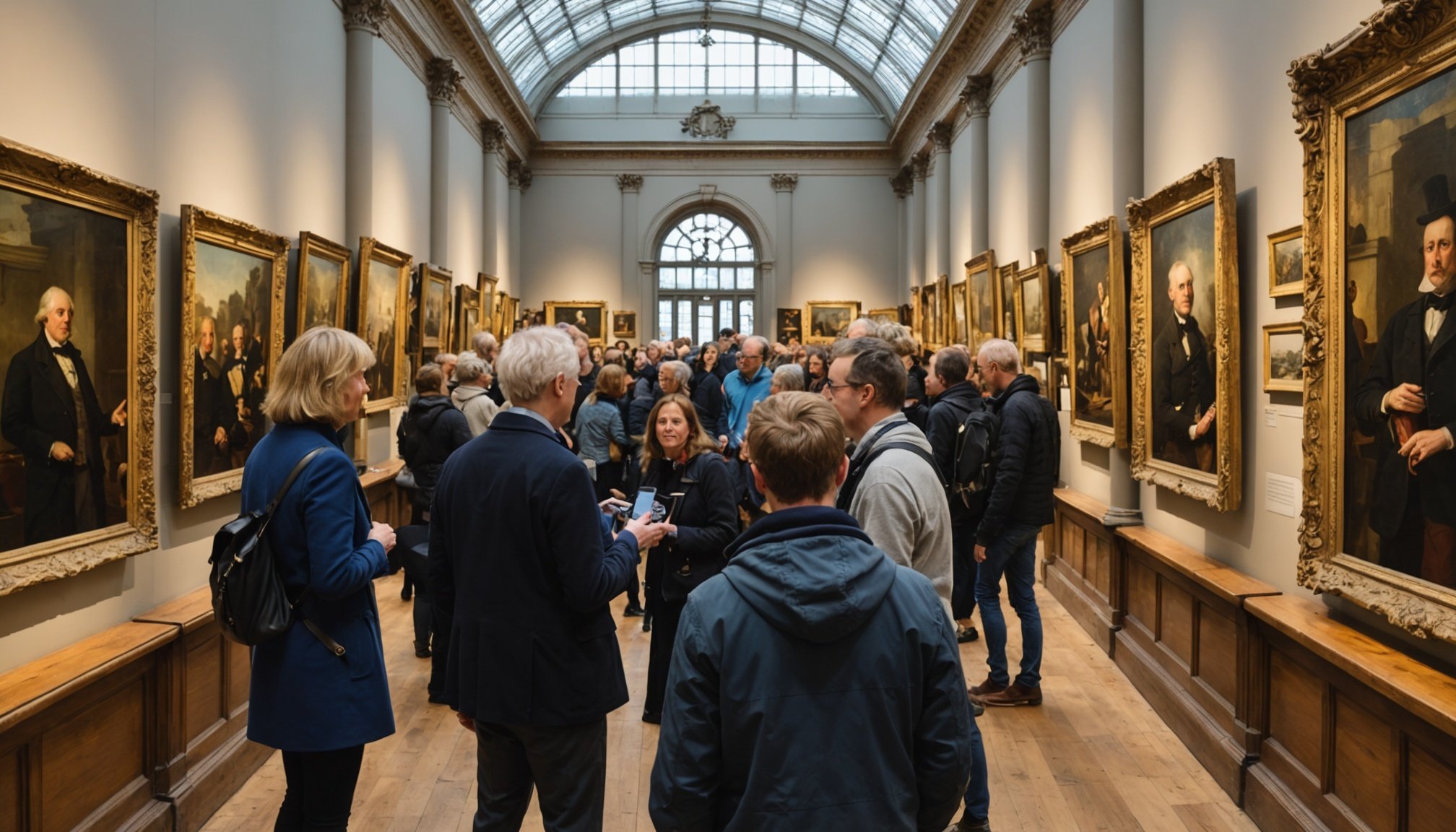Strategy 1: Embracing Technology Integration
In the age of digital transformation, technology in museums is reshaping how interactive experiences are crafted. Innovative integrations, such as augmented reality and virtual tours, are at the forefront of this shift, creating new realms of digital engagement. For example, the British Museum’s digital walkthroughs offer visitors an immersive exploration from the comfort of their homes.
This transition enhances the way guests interact with exhibits, providing insights and information in engaging formats. However, introducing these technologies comes with its challenges, such as ensuring accessibility across different devices and maintaining the balance between digital and traditional experiences. The Science Museum showcases a successful balance, demonstrating how digital installations can entice and educate a diverse audience without overshadowing original artefacts.
Also to read : Revamping UK Café Experiences: Cutting-Edge Strategies for Delightful Customer Interactions
Potential obstacles also include budget constraints and the need for continuously updating content to remain fresh and appealing. Training staff to operate and manage technology is crucial in maximising these tools’ benefits. Successful adoption begins with recognising these factors and strategising effectively to build solutions that enhance not only visitor interactions but also the sustainability of museum practices.
Introduction to Visitor Engagement in UK Museums
Engaging visitors is vital for the sustainability and growth of UK museums. In today’s competitive landscape, delivering memorable experiences is essential. Successful visitor engagement fosters a strong connection between museum-goers and exhibits, thereby increasing repeat visits and promoting positive word-of-mouth. Embracing emerging trends provides numerous growth opportunities.
Also to see : Top Strategies to Minimize Cart Abandonment for UK E-Commerce Stores
One lesson UK museums can learn from trends in U.S. museums is the emphasis on personalised and interactive experiences. Customising exhibits to reflect diverse visitor interests can significantly boost engagement levels. Moreover, implementing innovative strategies, such as interactive exhibits and hands-on learning, can create a more immersive environment, encouraging exploration and discovery.
Anticipated outcomes from adopting these strategies could include increased visitor retention and heightened public interest. Additionally, a continuous focus on engagement may lead to new partnerships and collaborations, thus expanding a museum’s reach and influence. As museums adapt to current visitor preferences and demands, leveraging digital tools and community-focused initiatives can make them more accessible and appealing to a wider audience. This proactive approach ensures they remain relevant in a rapidly evolving cultural landscape.
Strategy 2: Creating Interactive Exhibits
Interactive exhibits are revolutionising visitor experiences, offering engaging and educational opportunities that captivate audiences of all ages. They foster hands-on learning by allowing museum-goers to directly interact with exhibits, which can lead to enhanced retention of information. This direct engagement often results in memorable experiences, increasing the likelihood of repeat visits.
One notable example of successful interactive installations is the Natural History Museum in London. Their “Investigate” centre provides a practical space where visitors can examine and learn about natural specimens, using scientific tools and techniques. These types of exhibits cater to diverse learning styles, making museums accessible to a wider audience.
For designing inclusive experiences, it’s essential to ensure exhibits can be appreciated by people with varying abilities. This might include tactile elements for visually impaired visitors or audio descriptions that convey the exhibit’s essence.
To summarise, the benefits of interactive exhibits extend beyond visitor satisfaction. They play a crucial role in reinforcing a museum’s educational mission while also offering enjoyable and enriching experiences. By prioritising interactive and inclusive design, museums can ensure their offerings remain relevant and inspiring to future generations.
Strategy 6: Developing Targeted Marketing Campaigns
In the competitive landscape of today’s museums, the importance of recognising target visitor demographics cannot be overstated. Successful targeted marketing relies on understanding visitor preferences, such as age, interests, and cultural backgrounds. This approach allows museums to tailor campaigns specifically to resonate with diverse audiences.
One exemplary strategy employed by UK museums includes using demographic data to inform personalised marketing efforts. The National Gallery, for instance, utilises visitor insights to create engaging campaigns that align with specific exhibitions or events. This precision in marketing not only increases visitor turnout but also enhances the overall visitor experience by aligning with their unique interests.
For measuring the effectiveness of these campaigns, incorporating analytics tools is essential. Metrics like engagement rates, visitor numbers, and feedback can offer insights into a campaign’s success. This data-driven approach helps museums refine their marketing strategies continually.
To maximise reach and impact, museums might consider segmenting their audience for more targeted messaging, thus fostering greater audience growth and retention. As museums explore targeted marketing, it’s vital to continuously adapt and innovate, ensuring strategies remain relevant and effective.
Strategy 4: Implementing Gamification Techniques
Integrating gamification techniques in museums can transform visitor interaction by making the experience both fun and educational. Incorporating educational games into exhibits encourages active engagement, fostering a deeper connection between the visitor and the material. For instance, the National Museum of Computing’s interactive game-based programs allow visitors to explore historical computing in an engaging way.
Successful gamification examples from UK institutions highlight this strategy’s effectiveness. The Science Museum’s use of digital treasure hunts via mobile apps exemplifies how game elements can captivate diverse audiences. These creative additions not only enhance learning but also promote visitor interaction, making visits memorable and enjoyable.
To integrate these elements seamlessly, it’s crucial to align them with the museum’s objectives and themes. Consider offering varied activities for different age groups to increase accessibility and appeal. Tips for effectively embedding game elements include utilizing technology like augmented reality to create immersive challenges or quizzes that complement the learning goals.
Ultimately, gamification in museums leads to more interactive and rewarding visitor experiences, encouraging both repeat visits and growth through educational games that enrich the overall museum environment.
Strategy 5: Utilizing Social Media for Promotion
In the digital era, an active social media presence is pivotal for museum promotion. Social media platforms can significantly boost audience engagement by reaching a wider and more diverse audience quickly and effectively. UK museums have successfully harnessed the power of social media, creating innovative campaigns to attract visitors. For instance, the Tate Modern’s #TateInstaTours leveraged Instagram to offer virtual tours, captivating a global audience.
Crafting content that resonates with followers is essential. By producing visually appealing and informative posts, museums can enhance their online visibility. Engaging storytelling and behind-the-scenes glimpses can create a sense of connection and curiosity. Additionally, incorporating interactive elements like polls, quizzes, and live Q&A sessions can foster direct communication with potential visitors.
For best practices in social media marketing, consistency in posting schedules and messaging is key, along with adapting content to suit various platforms, such as videos for TikTok or LinkedIn articles for professional outreach. Monitoring engagement metrics, like likes, shares, and comments, provides valuable insight into what content resonates most, guiding future strategies. Embracing social media as a promotional tool not only boosts visitor attraction but also enriches the overall visitor experience.
Strategy 3: Engaging Community Outreach Programs
Building meaningful relationships with local communities is essential for community engagement in museums. Outreach programs foster a sense of belonging, making visitors feel more connected to their cultural institutions. Successful initiatives in UK museums demonstrate the power of partnerships with local schools and clubs, which have broadened access to museum resources.
Local partnerships can lead to collaborative events, such as workshops series or art projects, that encourage participation from diverse populations. The Victoria and Albert Museum’s community-based workshops highlight how these initiatives promote cultural exchange and mutual appreciation. By creating spaces where community voices are valued, museums enrich local culture and enhance visitor numbers.
To foster lasting relationships, museums must develop programs aligned with the community’s interests. Engaging in continuous dialogue ensures that the needs and preferences of the community are met. Additionally, offering flexible participation options, including virtual engagements, can further connectivity.
Incorporating these strategies, museums can cultivate robust support networks, enhancing their reputation and sustainability. The efficacy of outreach programs is evident in increased visitor engagement, more significant community ties, and a strengthened societal role, making museums an anchor for regional culture.
Strategy 8: Collaborating with Local Artists and Creatives
Artist collaborations can revitalize museum exhibits, offering unique experiences that captivate visitors and foster community involvement. By partnering with local creatives, museums can curate compelling exhibitions that highlight regional talent and provide fresh cultural perspectives. These collaborations not only enrich the museum’s offering but also build lasting relationships with the creative community.
Several UK museums have embraced creative programming through engaging projects with artists. For instance, the Museum of London collaborated with emerging local artists to produce immersive installations that reflected the city’s diverse narratives. Such initiatives amplify the museum’s role as a cultural hub, drawing in visitors eager to see new artistic expressions.
The impact of artist collaboration extends beyond visually appealing exhibitions—it significantly enhances cultural engagement. By showcasing contemporary works, museums can attract younger audiences and nurture a deeper appreciation for the arts. Moreover, these partnerships often lead to innovative educational programs, like artist-led workshops or community-centered events, fostering a sense of inclusion and participation.
For museums aiming to pursue similar collaborations, it’s beneficial to establish open communication channels with artists and align project goals with community interests. This approach ensures that exhibitions resonate with audiences, thereby enhancing visitor engagement and community connection.
Strategy 9: Enhancing Visitor Accessibility
Enhancing accessibility in museums is critical for fostering an inclusive environment where all visitors feel welcome. Leading institutions recognise that accessibility improvements can significantly enhance the overall visitor experience, ensuring that everyone, regardless of ability, can engage meaningfully with exhibits.
Several UK museums have made strides in meeting these needs. For example, sensory-friendly programs allow families with sensory sensitivities to explore exhibits comfortably, while tactile displays provide multi-sensory engagement. Such implementations ensure that diverse visitor needs are respected and catered for.
For successful inclusive design, museums should consider factors like physical access, such as ramps and elevators for those with mobility challenges, and providing clear, easily navigable spaces. Additionally, offering visual guides and audio descriptions enhances the understanding of artworks for guests with visual or hearing impairments.
Incorporating accessible features not only promotes a welcoming atmosphere but also broadens a museum’s audience base. Best practices include ongoing staff training on accessibility awareness and actively seeking visitor feedback to identify areas for improvement. By prioritising accessibility, museums can enrich their visitor experience, enhancing engagement and ensuring cultural institutions are truly open to all.
Strategy 10: Collecting Visitor Feedback for Continuous Improvement
Collecting visitor feedback is crucial for driving museum improvements and enhancing the overall visitor experience. By actively gathering insights, museums can adapt and evolve to meet the changing expectations of their audiences. Surveys, comment cards, and digital polls are effective tools for collecting feedback. Implementing these methods allows museums to capture detailed visitor perceptions and experiences.
Data-driven strategy is essential for analysing this feedback. Museums can utilise analytics software to identify patterns in visitor responses, leading to targeted improvements. For instance, if visitors frequently comment on a lack of signage, actionable changes can be directed towards enhancing wayfinding within the museum facilities.
Real-world examples of successful implementations include museums that have redesigned exhibits based on visitor suggestions, leading to increased satisfaction and engagement. The British Museum, for instance, periodically updates its displays and services by integrating visitor feedback into their planning processes.
Emphasising the importance of this feedback in decision-making fosters transparency and trust between museums and their patrons. By prioritising visitor input, museums not only enhance their offerings but also build a loyal visitor base eager to return, knowing their voices are heard and valued.
Strategy 7: Offering Special Events and Programs
Special events and museum programming are pivotal in boosting visitor engagement and providing unique experiences. By organizing a diverse array of events, museums can attract new demographics and enhance their cultural offerings. One notable example is the British Museum’s “Living with gods: peoples, places and worlds beyond” exhibition, which combined interactive displays with themed events that drew significant crowds.
Event initiatives like late-night openings, family days, or temporary exhibitions can create a sense of novelty and excitement, encouraging both first-time and returning visitors. To maximise the impact of such programs, UK museums might consider collaborating with local schools and community groups to offer tailored, educational events that resonate with specific audiences.
To successfully launch and promote new programs, highlighting their uniqueness is essential. Utilising effective marketing strategies, such as social media campaigns focusing on upcoming events, can amplify reach and engagement. Consistent communication, clear schedules, and enticing themes will cater to different interests, enhancing visitor satisfaction. Prioritising inclusivity by offering varied activities ensures a welcoming experience for all visitors, supporting growth in attendance and museum appeal.











